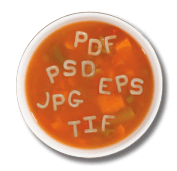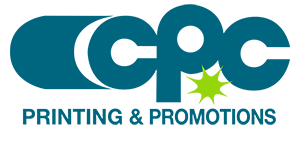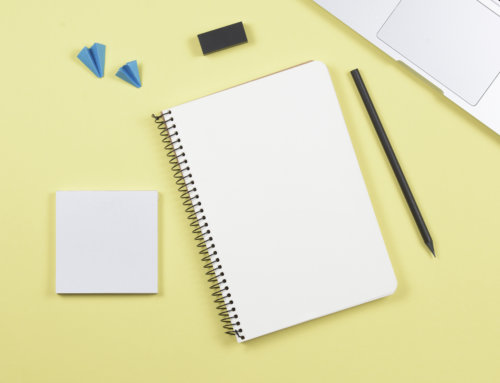What’s Up With the Alphabet Soup?
OR: Why can’t I just save everything as a jpg?
 We are living in an acronym world and I am an acronym…okay, skip that. Let’s just say if you’re working with digital images, you better know your acronyms and your alphabet. TIF, EPS, JPG, GIF, PSD, PDF; the list seems almost endless. We’re here to help!
We are living in an acronym world and I am an acronym…okay, skip that. Let’s just say if you’re working with digital images, you better know your acronyms and your alphabet. TIF, EPS, JPG, GIF, PSD, PDF; the list seems almost endless. We’re here to help!
First, let’s have a quick refresher on the difference between a raster image and a vector image, shall we?
Raster images are made up of rows and columns of tiny squares called pixels. A printed photograph is an example of a raster image.
Vector graphics are defined by mathematical equations instead of pixels. This makes them resolution independent, which is just a fancy way of saying you can shrink or enlarge them, to almost any degree, with no loss of quality. A logo drawn in Illustrator is a vector graphic. Fonts (unless they’re in Photoshop) are another type of vector object.
What’s the best digital image file type for saving these files? That all depends on what they are.
For vector images and type, PDF and EPS are the industry-standard file formats. However, if you’re working with an Illustrator graphic, you can both save it and then import it into InDesign as a native AI file, because that’s basically a PDF format anyway.
For a simple photograph, the digital image file type you choose usually isn’t critical. Native PSD, PDF, EPS or TIFF are all fine choices if you aren’t using layers,
text objects, vector art or transparency within them.
If your photo file has some or all of the previously mentioned extra information, you have to be more careful about the way you save it. There are plenty of good articles to be found that will help you choose whatever will work best with your page layout program while also giving you the best printed quality.
What about JPGs, you ask? The JPG format can achieve amazing compression ratios, but it’s important to keep in mind that JPG is a lossy compression method. Algorithms are used to find and discard the kind of information that’s least likely to be noticed by the human eye. Every time you re-save a JPG file, more information is lost. This can eventually lead to deterioration of your image, somewhat like making a photocopy of a photocopy, over and over until the image is almost unrecognizable.
To avoid this, it’s best to make all your adjustments in one of Photoshop’s proprietary formats (EPS or TIFF, for example) and save the final result as a JPG. Assuming you plan to use your JPG for printing, we recommend saving it at the maximum quality setting.
As you can see by the following comparison, even this maximum quality compression setting creates a file that is considerably smaller than the uncompressed TIFF equivalent.
Barn.tif 70 mb uncompressed
Barn.jpg 8.8 mb compressed/maximum quality
Before we wrap up this article, a word about GIFs: this format is primarily used for simple drawings or short animations and is most often utilized for websites. Because it’s limited to 256 colors, the GIF format is unsuitable for photos.
If you have questions about the best digital image file types for your projects, please contact us!

